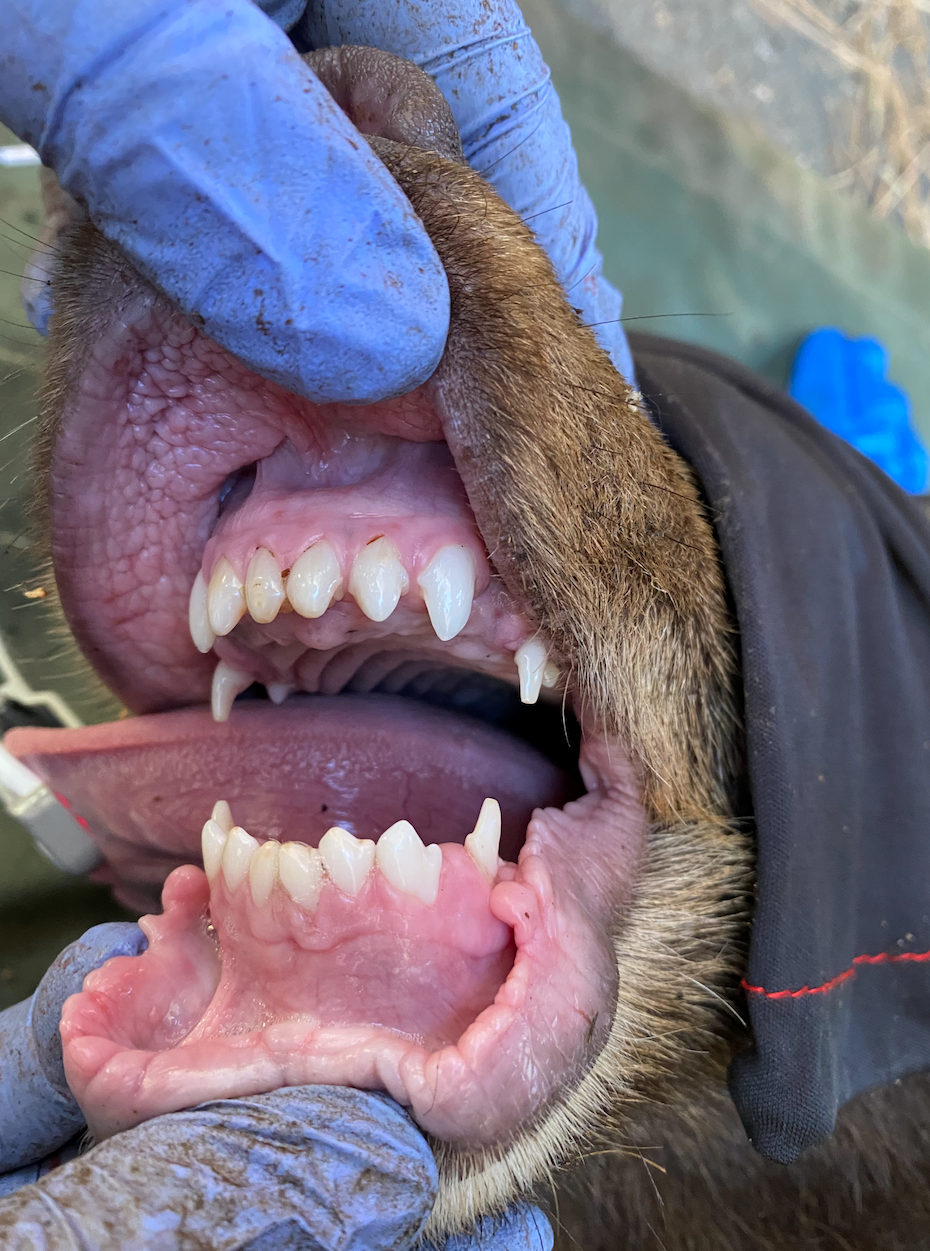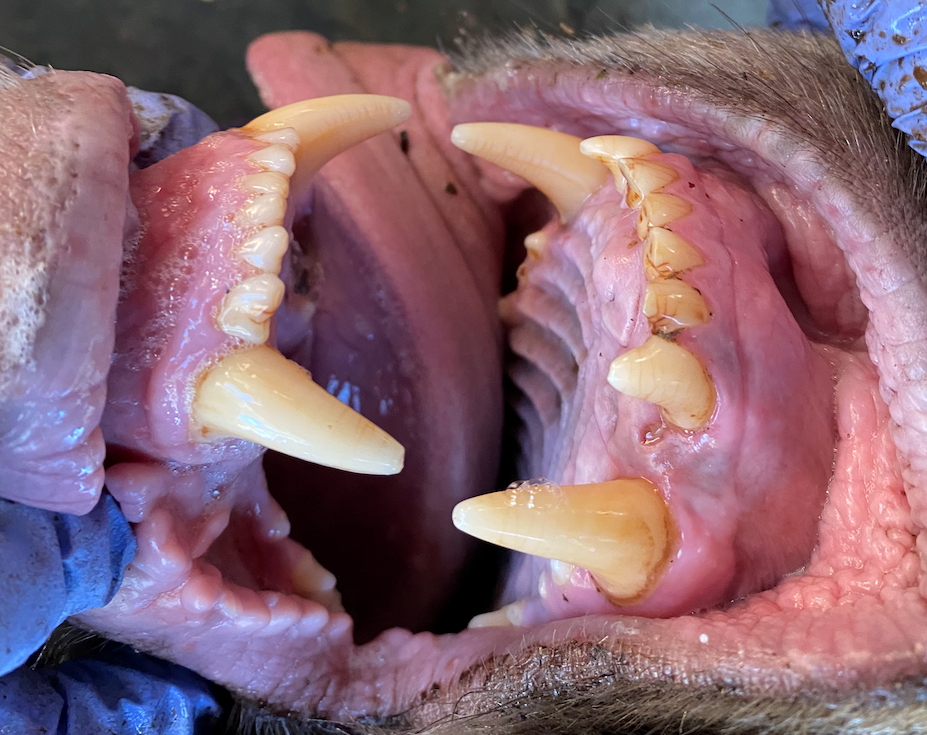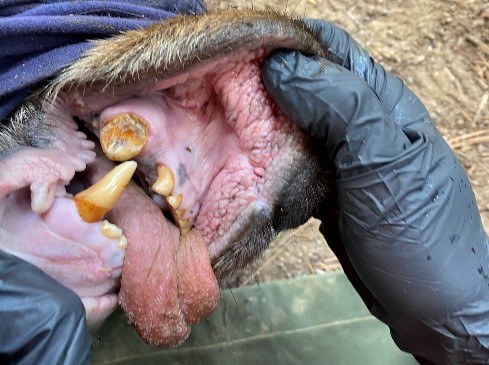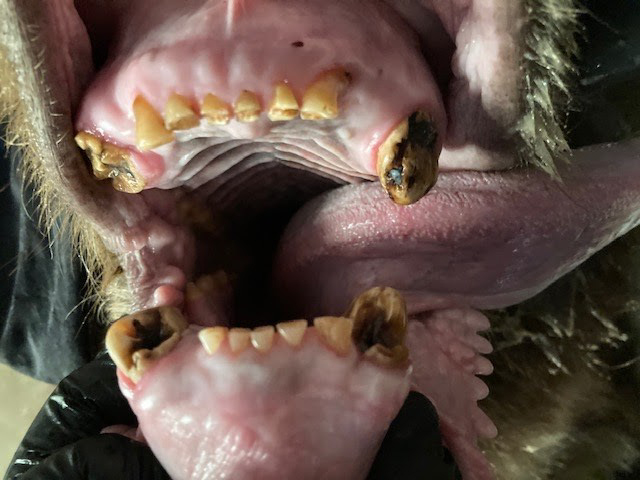April 29, 2021 - LAKE TAHOE, Calif./Nev. – The snow is melting in the Lake Tahoe region and a mild winter has given way to a bustling early spring for wildlife in the area. Bears have emerged from their dens and are on the move and hungry.
In the fall, black bears experienced hyperphagia (pronounced hai·pr·fei·jee·uh), which is an increase in feeding activity (consuming about 25,000 calories a day) driven by their need to fatten up before winter. Over the course of the winter, their bodies utilize those fat stores during hibernation when food is scarce. Come spring, their body mass will have naturally decreased and as a result, bears will be on the lookout for easy food sources to help rebuild those fat reserves.
This time of year, bears seek out fresh grasses that are starting to sprout, which often brings them into human occupied areas with green lawns. Unfortunately, these urban areas have an abundance of garbage for bears to easily access so it is up to visitors and residents to keep bears from finding unnatural human food sources.
Bears are an important part of the Lake Tahoe ecosystem and allowing them access to human food and garbage is a detriment to natural resources in the region. Bears help spread berry seeds through their scat, transport pollen, eat insects and provide other essential functions of nature. As a result, if they find and access human food and garbage, bird seed, pet food, coolers and other sources of human food, the Tahoe Basin loses the benefits bears offer to its natural processes. Bears need to be wild animals rather than garbage disposals, especially since these unnatural food sources can impact their overall health and damage or rot their teeth.
In fact, bears will unknowingly eat indigestible items from human trash like foil, paper products, plastics and metal that can damage their internal systems and even lead to death. If these items do make it through their system, they leave it behind in their scat rather than the native seeds and healthy fertilizer needed to grow the next generation of plant life.
Healthy bears mean healthy ecosystems, and we can all do our part to set both up for success!
“The California Department of Fish and Wildlife would like to remind both visitors and residents that the Lake Tahoe Basin is home to hundreds of black bears. Unfortunately, it only takes a few careless people to help make a bear accustomed to human food sources,” said Jason Holley, supervising wildlife biologist for the department’s North Central Region. “We ask for your help to keep Tahoe’s bears wild. Do not feed or approach wildlife and please store food and garbage appropriately.”
Follow these tips to help keep Tahoe’s bears wild:
- Never feed wildlife.
- Store all garbage in and properly close bear-resistant garbage containers, preferably bear boxes. Inquire with local refuse companies about bear box incentives and payment programs. Visit https://southtahoerefuse.com/bear-info/ and/or http://www.ndow.org/Nevada_Wildlife/Bear_Logic/ for more information.
- Never leave leftovers, groceries, animal feed, garbage or anything scented in vehicles, campsites, or tents.
- Be sure to always lock vehicles and close the windows. Keep in mind eating in the car leaves lingering food odors that attracts bears.
- Keep barbecue grills clean and stored in a garage or shed when not in use.
- Keep doors and windows closed and locked when the home is unoccupied.
- Vegetable gardens, compost piles, orchards and chickens may attract bears. Use electric fences where allowed to keep bears out. Refrain from hanging bird feeders.
- When camping, always store food (including pet food), drinks, toiletries, coolers, cleaned grills, cleaned dishes, cleaning products, and all other scented items in bear-resistant containers (storage lockers/bear boxes) provided at campsites. Bear resistant coolers that come equipped with padlock devices should always be locked to meet bear resistant requirements.
- Always place garbage in bear-resistant dumpsters in campgrounds or in bear-resistant containers at campsites (storage lockers/bear boxes), and close and lock after each use.
- Store food in bear-resistant food storage canisters while recreating in the backcountry.
- Give wildlife space, especially when they have young with them.
- Leave small bears alone, mom might be right around the corner.
To report human-bear conflicts in California, contact the California Department of Fish and Wildlife at 916-358-2917 or report online using the Wildlife Incident Reporting (WIR) system at apps.wildlife.ca.gov/wir. Non-emergency wildlife interactions in California State Parks can be reported to public dispatch at 916-358-1300. To report human-bear conflicts in Nevada, contact Nevada Department of Wildlife at 775-688-BEAR (2327). If the issue is an immediate threat, call the local sheriff’s department or 911.
For more information on peacefully coexisting with bears, visit TahoeBears.org.
If you have any questions or concerns, always reach out to the following agency wildlife experts:
California Department of Fish and Wildlife: 916-358-2917
California State Parks: 530-525-9535
Nevada Department of Wildlife: 775-688-BEAR (2327)


Photo caption: Healthy black bear teeth at various ages. Photo credit: California State Parks.


Photo caption: Unhealthy black bear teeth. Photo Credit: California Department of Fish and Wildlife.
Source: CA. State Parks








